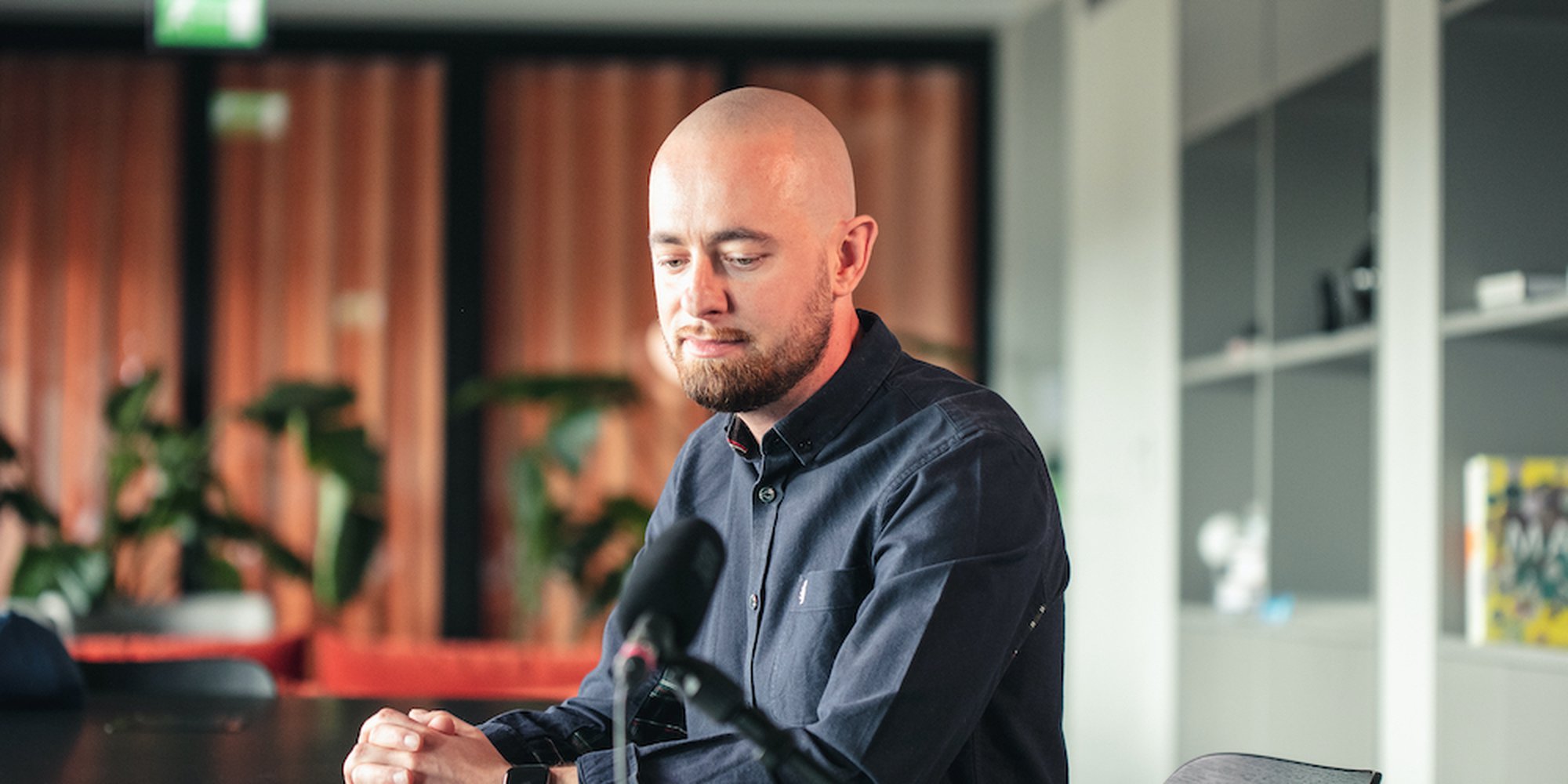This B Corp month finds us looking back on a year that no-one expected. A year of incredible growth for Artfinder and so many positive changes for our business, and yet also a year so truly difficult for so many people around the world.
2021 finds us in our second year of being a B Corp, which means we're looking ahead to our re-certification in 2022 with ambitious plans to increase our B Impact Score, but also looking back on a year that's difficult to comprehend, let alone describe.
What did seem appropriate though, was to take a moment during B Corp month to reflect on what being a B Corp has meant to Artfinder so far, and what amazing and positive strength it has brought to our organisation, particularly seen through the lens of a pandemic.
Why did Artfinder become a B Corp?
The art world is a weird beast. On the one hand you have the riches of mysterious wealthy buyers and some lucky art dealers and artists who scoop up the proceeds of the multi-million dollar sales. On the other hand, ordinary people who love art can often only enjoy it in museums and galleries, but find it difficult to own the pieces they love as it is most of the time simply out of their reach. At the same time independent artists all over the world create incredible art that is often truly affordable, yet may be hard to find in the stuffy galleries of Mayfair or Manhattan. Here at Artfinder, our vision is to create a world where art benefits everyone and we are doing this by making art more accessible, affordable and a viable career for artists.
In that respect, Artfinder has always been a B Corp at heart, with the mission of helping artists make a living and transforming a market that is seen by many people as broken.
Transformation of the business
Artfinder was started in 2010 by the founder Spencer Hyman and the original idea was to create a “Last.fm for art”, a playful art discovery experience. It was to enable people to navigate through a vast pool of art (all artwork ever created) in a way that would be tailored to their taste. The team iterated on the idea a number of times and the business pivoted a number of times to try and find the right product-market fit. Eventually in 2013, under new leadership of Jonas Almgren, Artfinder was re-launched as the art marketplace that it is today.
I joined Artfinder in January 2013 as CTO when it was going through some major changes to its business model. Our direction was still being defined and it was great to be a part of that process. Since then, I became COO in 2015 and then took over as CEO in late 2017.
Discovery of the B Corp movement was a revelation to me, a first time CEO, just over a year into my tenure at Artfinder. The business was surviving, but hardly thriving. Becoming a B Corp involves a rigorous assessment (called “B Impact Assessment”) in which every aspect of the business is scored against a set of criteria. Completing the process can take months of time and energy from an already overstretched team. It also requires a change to the business' legal foundation, as "Certified B Corps are legally required to consider the impact of their decisions on their workers, customers, suppliers, community, and the environment.” (from bcorporation.net). So no small undertaking!
But when I learned what the B Corp movement was about, I just thought, 'this is it', we need to do it. I believe deeply that the purpose of every business should be to do something good in this world. And what a world we live in, that this feels like a strange thing to say.
B Corp also provides a wonderful way of deriving common vocabulary about how to talk about sustainability and how to transform a business so that it doesn't care just about making profit but also about doing good.
A guiding light
Since we’ve become a B Corp, the positive effect it's had on every aspect of the business is truly amazing. From hiring incredible people, to our crowdfunding success raising £1m in 2020 largely from our community and also, hugely importantly, differentiating ourselves from our competitors in an increasingly competitive market. It has reinvigorated the team and our community, as well as reignited my own passion for running the business and working hard towards the vision we’ve set out to achieve.
Continuing our positive impact
Amid a grim backdrop of the pandemic 2020 has been a year of tremendous growth for our community. We’ve helped thousands of artists fill the void left by physical gallery and art fair closures.
I feel incredibly lucky to be able to say that now the business is going strong and growing fast. 2020 was a year of staggering growth for us. The Artfinder team has grown from just eight to 23 members and our community’s sales have grown over 110% year-on-year. And what that means in real terms is that we’re now helping a record number of artists sell on a regular basis and we know that it makes a huge difference to their lives. We’ve got countless stories of artists who were able to start doing art full time, or expand their studios and of course - become internationally collected.
We have also started funding the planting of at least one tree for every artwork sold (5 trees for every artwork sold in March). Our 2020 impact report, which will be out next month, outlines our plans for improving our impact into 2021 and beyond.
With many analysts predicting that this will be a year of further change and strengthening of the online sectors, we’re working harder than ever to help the art community embrace this brave new opportunity and human connections it enables.
Yours,
Michal & The Artfinder Team


